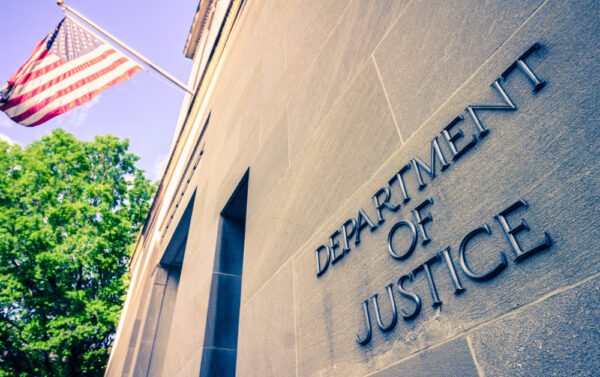As Jack mentioned on Monday, the Supreme Court heard an important case on punitive damages in Philip Morris USA v. Williams on October 31. This long awaited
oral argument was the first chance to see how the Court’s new members, Chief Justice John Roberts Jr. and Justice Samuel Alito Jr., would respond to the punitive damages issue.
The Court, however, seemed more interested in underlying issues at the trial court level. Instead of a long argument on the constitutionality of punitive awards, the justices indicated that they may seek to have the case returned to the Oregon Supreme Court for clarification on underlying issues, including confusing jury instructions.
But there were some signs that if the high court decides to keep the case and rule on it, the justices might be willing to uphold the large verdict in the Philip Morris case, in spite of Court precedents that point toward limiting punitive damages.
In the State Farm v. Campbell decision in 2003, the high court suggested that a 9-to-1 ratio between punitive and compensatory damages was the outer limit of acceptability under the Constitution, though it said some cases could warrant higher punitive damages.
But at oral argument Tuesday, there was scant mention of ratios and a greater climate of deference toward state courts and how they handle punitive damages without federal strictures. The result could be the Court tolerating a “tobacco exception” to State Farm that would allow higher damages because of evidence of decades of industry fraud and deception over the dangers of smoking.
This could indicate the Court’s subtle shift to allowing juries to measure damages, rather than allowing reduction of damages based on a mathematical formula.













Comments for this article are closed.